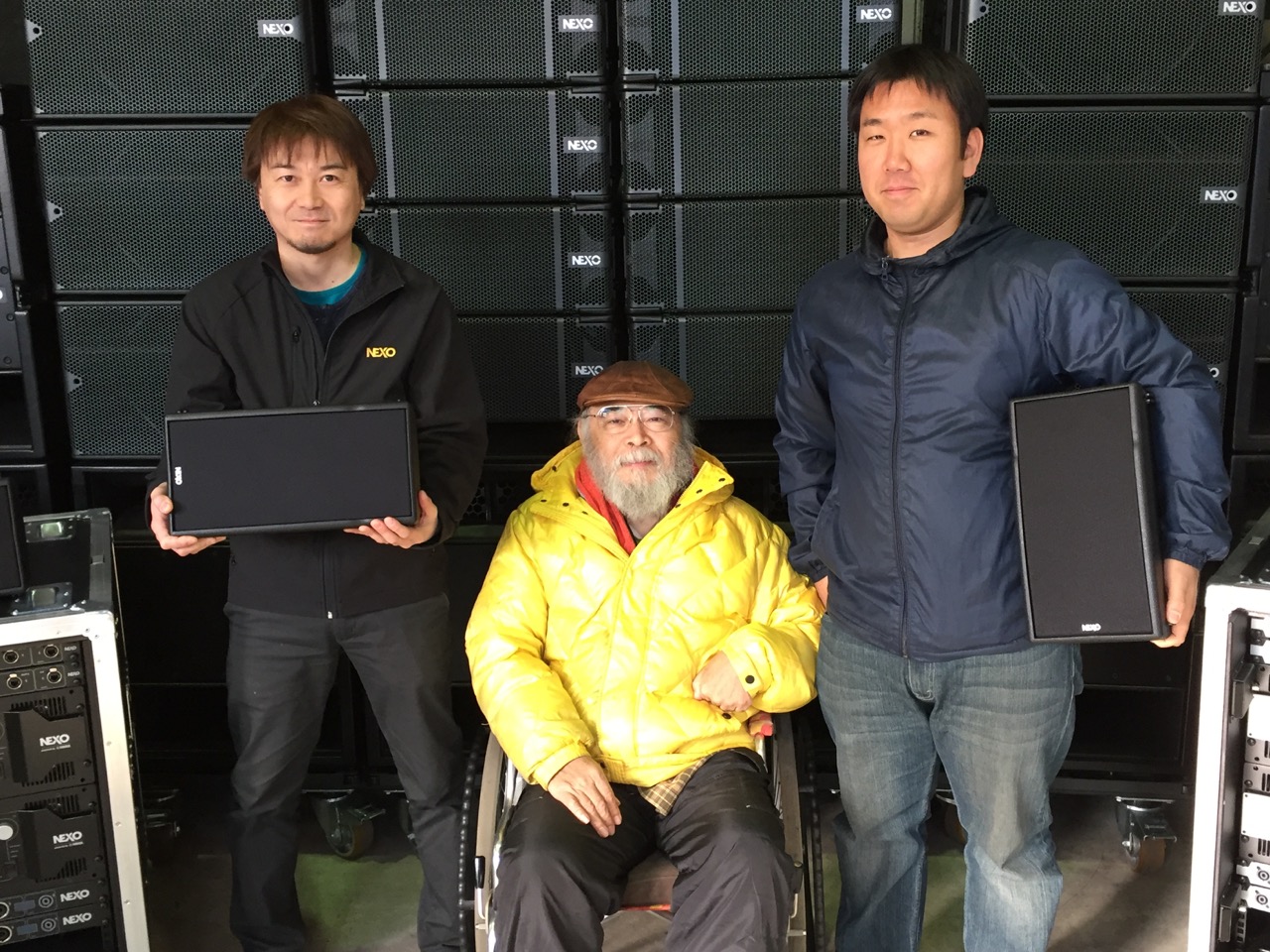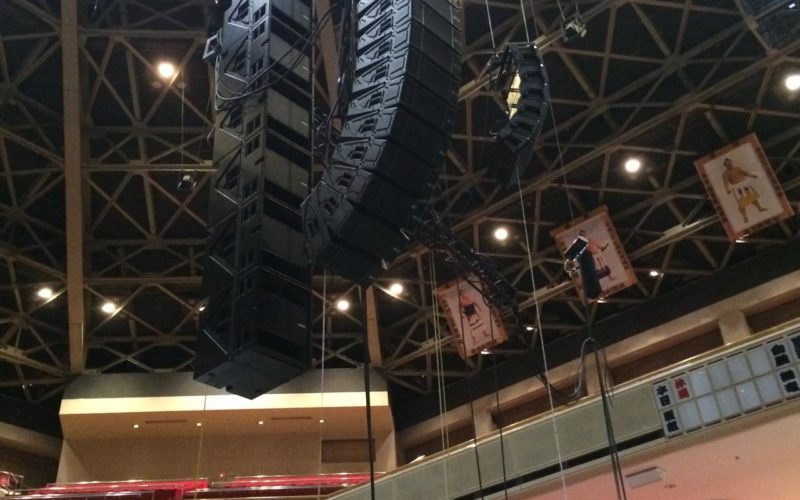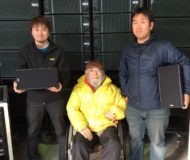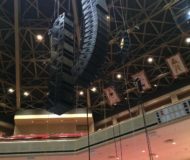Based in Ota-ku, Tokyo, N & N has been supplying sound for a wide variety of special events and concerts in a range of venues for over 40 years. Long-term NEXO users, they have regularly updated their systems, from the Alpha Series and PS Series to the GEO S12 Series line arrays. With the release of the STM M28 compact omnipurpose cabinet, the decision was taken to invest in the new modular line arrays capable of handling large venues (2000+ people) and to market this as N & N’s flagship system.
N & N’s Representative Director Mr Sato explains, “the timing was right – when the STM M28 was released, we were considering which speakers to bring in. Actually, as it turned out, we didn’t even demo any speakers from other brands. The reason for this is that we were long-time users of NEXO products, and the character of the STM M28 sound didn’t betray our expectations.”
The N & N team is keenly aware of the importance of staying current, and updates its systems and technology on a regular basis; the cycle for replacing the main PA systems is around 6 years, and the N & N engineers are excited by the advances in the new NEXO technology.
My first impression of the STM M28 was that it is designed to make it easier for the people using it to produce sound. It’s what you expect from France, the home of liberty ,” jokes Mr Sato, “because there isn’t any pushiness about it, and the user has a high degree of freedom. To put this the other way around, the extent to which the system gives us freedom is the extent to which we have to use what we know to produce the sound. For example, treatment of the medium to low range is one issue. There are many ways available for combining subwoofers and bass modules, and various ways to configure crossover points, and so on, so thought has been given to how the equipment is going to be used to best effect. These products have latitude built in, and that is also something that makes it fun for an engineer. I felt that the STM M28 embodied a legitimate evolution of NEXO.
N & N’s Mr Kuriyama observes, “the resolution is dramatically higher than in previous systems, and the console operations have linearity. The mixing is directly reflected in the sound output, so you really can’t fake it. Operator quality becomes an issue, so in some senses this is demanding! The sound image is close, and the ratio of direct sound is high, so when we get to the main event and the customers come in, there isn’t any major turnaround in the sound impression compared to rehearsal. So I think these are speakers that don’t betray us when it comes to the actual performance.”
N & N engineer Mr Uchikoshi, reports that “flying them is overwhelmingly fast. The rigging mechanism is different from the line array systems we’ve used so far, so a certain degree of getting used to it is necessary, but it really feels fast. It’s almost too fast, so I might fly them without having taken care of other things first, like cable picking, so we have to be careful!”
“Then there’s the convenience of it,” continues Mr Kuriyama. “When we have an NXAMP, then we can also continue using the GEO S12 and Alpha speakers that we used before. They come to life again, so there’s the advantage of putting our assets back into use. And when you drive the speakers with an NXAMP, the sound is totally different. We brought in some compact type GEO M6 speakers at the same time, expecting to use them for lip fill with the STM speakers, but when we have the NXAMP, we can also combine these with the LS1200 subwoofers we already have and use them as the main array system in a small-scale venue. To tell the truth, the LS1200 subwoofers were not getting used very much in comparison, but it’s great that now we can put them back into use. It’s also very appealing that if you have the NXAMP, you can put together a full Dante network with Yamaha CL Series or QL Series or similar equipment.”
The N & N team are full of excitement and enthusiasm about the possibilities for the company and for individual engineers.
“Now that we’ve managed to acquire these wonderful speakers, I want to go ahead and use them a lot at large venues,” says Mr Ushikoshi. “I would also like to go right ahead and improve my own skills, for instance in system tuning and flying techniques.
“That’s right,” agrees Mr Kuriyama. “The equipment is important, but even more important is being able to use that equipment to the full. I think that we engineers have to grow and progress along with the equipment. Personally, I want to aim for putting up the STM speakers at the Budokan.”
And the last word to Mr Sato. “It’s to make the STM speakers into my own tools, in other words, to make them extensions of my body. To put this another way, I want to make the utmost full use of the STM speakers – that’s what I would like.”
















































